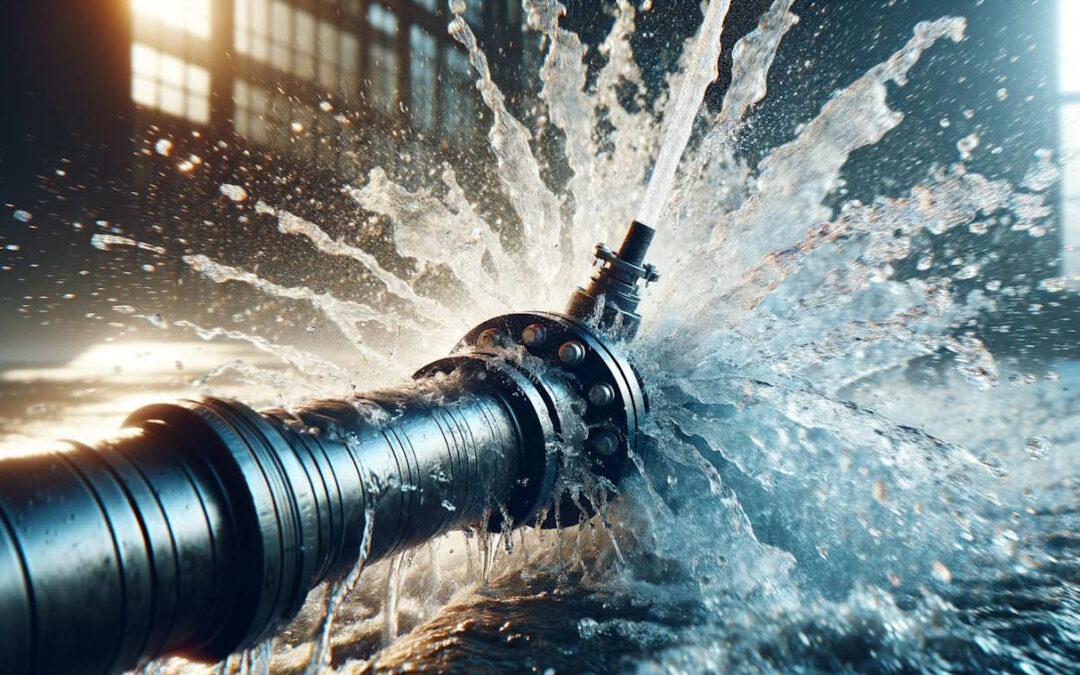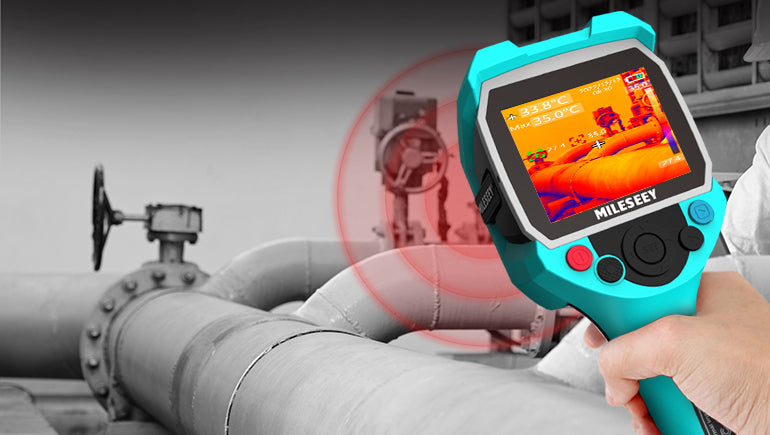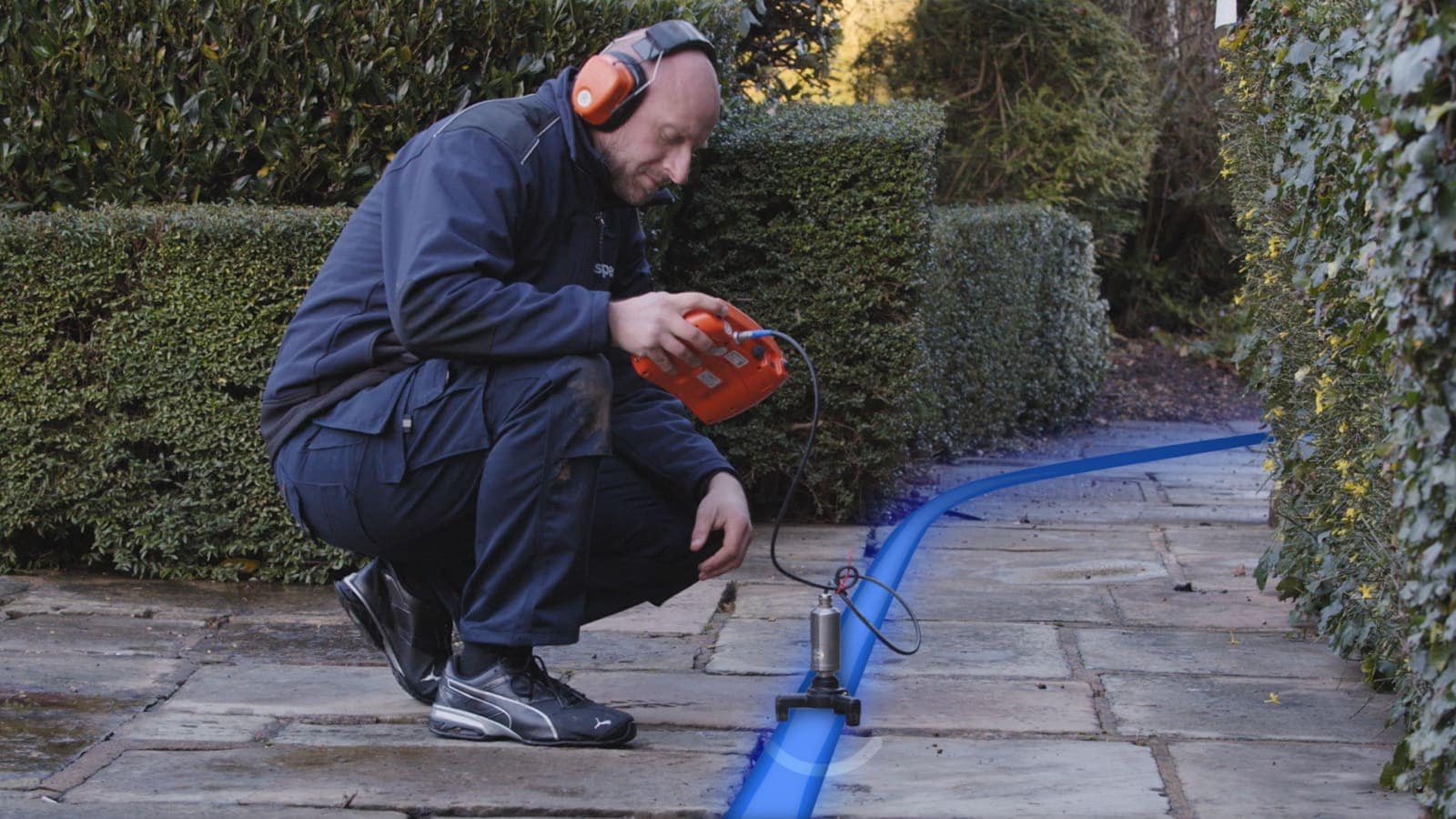How Expert Water Leak Detection Can Save You Cash and Stop Damages
Ingenious Solutions for Early Discovery of Water Leaks in Structures and Infrastructure
From cutting-edge leak detection technologies to the deployment of IoT sensors for real-time tracking, the landscape of leak prevention is developing quickly. Automated water flow analysis systems are reshaping how leaks are identified and dealt with, paving the way for a proactive approach to water leak discovery.
Advanced Leakage Discovery Technologies
Advanced leak discovery technologies, outfitted with innovative sensors and algorithms, play a critical duty in swiftly recognizing and identifying water leakages in different settings. Electro-magnetic sensors can recognize adjustments in electromagnetic fields created by water, providing yet an additional layer of leakage detection ability.

IoT Sensors for Real-Time Monitoring
In the world of modern water leak detection, the combination of IoT sensing units for real-time monitoring represents an essential advancement in improving aggressive leakage detection capacities. These sensors use continual monitoring of water systems, supplying real-time information on water circulation rates, pressure variations, and temperature modifications. By leveraging IoT innovation, these sensing units can identify also the smallest abnormalities in water use patterns, enabling early identification of potential leakages prior to they rise right into significant concerns.
IoT sensing units send information to a central system, where innovative formulas analyze the information and generate notifies or notifications when irregularities are spotted. This real-time tracking capacity permits homeowner or facility managers to quickly attend to leakages, decreasing water damages, lowering fixing prices, and saving water resources.
Furthermore, IoT sensing units can be integrated with building monitoring systems, enabling automated reactions to spotted leakages, such as turning off water valves or turning on pumps to alleviate the impact of leakages. Generally, the implementation of IoT sensing units for real-time tracking considerably boosts the effectiveness and effectiveness of water leakage detection in structures and facilities.
Machine Discovering Algorithms for Leak Forecast

One trick benefit of using machine understanding for leak prediction is its capacity to constantly learn and improve its precision with time. As more data is accumulated and fed into the formula, it can fine-tune its predictions and adjust to altering problems, eventually enhancing the integrity of leakage detection systems.
Moreover, artificial intelligence formulas can assist in identifying subtle signs of leakages that may go undetected by traditional surveillance methods. water leak detection. By assessing complicated information embed in real-time, these formulas can offer very early warnings and signals, enabling punctual intervention and preventative maintenance to minimize potential water damages and linked expenses
Making Use Of Thermal Imaging for Leak Detection
Thermal imaging modern technology uses an encouraging method for detecting water leakages in various systems and facilities. By making use of infrared radiation and temperature variations, thermal imaging video cameras can recognize covert leakages that are not easily visible to the nude eye. When water runs away from pipes or structures, it usually alters the temperature of the surrounding location, developing temperature differentials that thermal electronic cameras can capture. These temperature irregularities are then equated right into noticeable photos, highlighting the specific location of the leak. click to find out more
Among the vital benefits of thermal imaging for leakage discovery is its non-intrusive nature. Unlike typical approaches that might call for burglarizing wall surfaces or floorings to find leaks, thermal imaging enables non-destructive testing. This not only saves time and reduces prices yet additionally decreases disturbance to the structure or facilities discover this being evaluated. Furthermore, thermal imaging can rapidly scan large locations, supplying a detailed summary of potential leakage resources in a timely manner. On the whole, the usage of thermal imaging innovation enhances the efficiency and precision of water leakage detection, making it a valuable device for keeping the stability of buildings and frameworks.
Automated Water Flow Analysis Systems
Exactly how can automatic water flow evaluation systems transform the discovery and administration of leakages in various systems and frameworks? Automated water flow evaluation systems offer an aggressive method to leakage detection by constantly keeping track of water flow rates and patterns. By developing baseline information, these systems can quickly determine deviations that may show a leak, allowing punctual intervention to stop extensive damage.
These systems make use of advanced algorithms to examine real-time information and offer instant signals when anomalies are found, enabling speedy activity to be taken. In addition, automated water circulation evaluation systems can be integrated with structure administration systems or IoT systems, boosting total effectiveness and making it possible for remote surveillance capabilities.
Furthermore, the data accumulated by these systems can be made use of click resources for anticipating upkeep objectives, assisting to identify prospective powerlessness in the facilities before leaks occur. Overall, the implementation of computerized water circulation evaluation systems can substantially enhance leak detection and management techniques, inevitably bring about set you back savings, decreased water wastage, and increased sustainability in structures and facilities.

Conclusion
To conclude, the integration of sophisticated leak detection innovations, IoT sensing units, artificial intelligence formulas, thermal imaging, and computerized water circulation evaluation systems offers innovative solutions for early discovery of water leakages in structures and framework. These modern technologies make it possible for real-time monitoring, prediction of leaks, and efficient detection methods to avoid water damage and wastage. Executing these solutions can help in maintaining the integrity and sustainability of water supply in numerous setups.